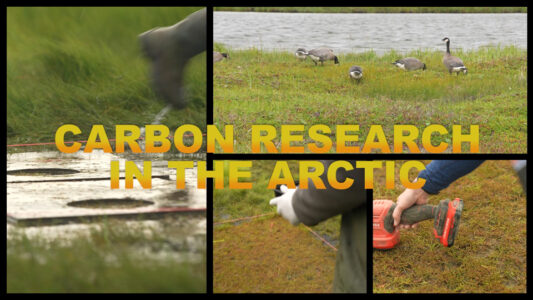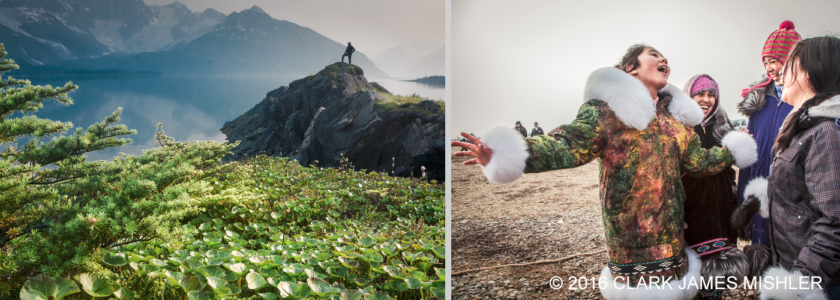Unmanned Aerial Vehicles (UAVs)


Investigate Unmanned Aerial Vehicles (UAVs) with Gregory Walker, flying remote-controlled technological tools for the modern day.
March 2012….Gregory Walker took two aircraft to test the viability of the unmanned aircraft to help in the Steller sea lion research conducted by the National Marine Mammal Laboratory (NMML) along the Aleutian Islands. The videos explain some of the practicalities of using unmanned aircraft for this purpose.

The other main objective was to determine the diet of Steller’s sea lions in the Aleutians in winter, likely the toughest period of the year for sea lions to survive in this area. The western population of Steller’s sea lion (those breeding on rookeries located west of 144W, or from Prince William Sound west in Alaska and in Russia) is listed as endangered under the Endangered Species Act (ESA). National Marine Fisheries Service has proposed to remove the eastern population (east of 144W in SE AK, British Columbia and WA, OR and CA) from the list of threatened species since it has increased at about 3% per year for over 30 years. This de-listing should occur shortly.

Steller’s sea lion numbers continue to decline in the Aleutian Islands west of about 177W, and the National Marine Fisheries Service recently imposed new fishery regulations to try to stem the decline and promote recovery. These regulations are controversial because in one area (western Aleutians from 170-177E) they resulted in the closing of the Atka mackerel and Pacific cod fisheries. As a consequence, NMFS has sharpened it research focus on the Aleutian Islands to try to understand the continued decline of sea lions in this area. More about the March 2012 Cruise.


The team is shown here at the end of their three week research at Dutch Harbor, Alaska. The Norseman took the team from Attu to Dutch Harbor in March 2012 through all kinds of weather, snow, sun, rain, 10 foot seas, including a couple of hurricanes.
The Cruise was funded by grants from the North Pacific Research Board, the Pollock Conservation Cooperative Research Center of the University of Alaska Fairbanks, the University of Alaska Fairbanks, and NOAA Fisheries.














